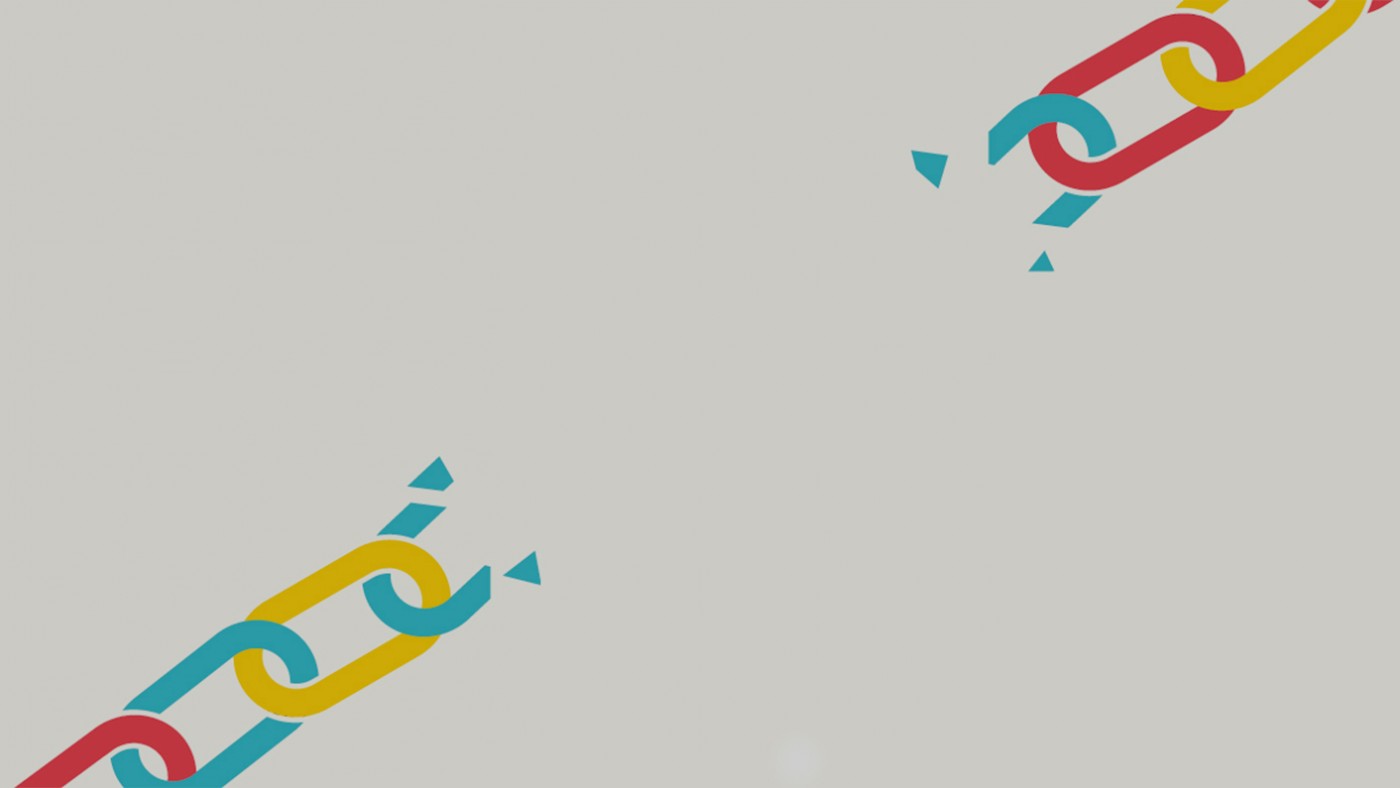General Structure:
Slavery Footprint is an HTML5 website built on top of a bespoke JavaScript framework making the most of models, views and controllers. It makes heavy use of a fully custom code controlling everything from animations to data management. Accompanied by mobile applications written in Java (Android) and Objective C (iOS), it enforces well though-over data organization as well as a unified data transfer channel handled by a, also bespoke, implementation of a PHP RESTful gateway. All the pieces join together on common Facebook pages displaying stats and check-ins collected via Slavery’s desktop and mobile applications.
Survey:
Each of the 11 survey questions, as well as other website subpages, are represented individual views. Such approach is not only letting developers divide the logic into separate components, but it also allows a generic JavaScript survey engine to control animations, read data from the questionnaire and store it in the database. All the views are compatible with iPad Safari browsers to ensure portability.
Following bespoke code, we also developed JavaScript engine that allows to easily create and define scroll-controlled animations, which can be seen on Slavery’s homepage – mantra, which works both with iPads and desktops.
Mobile applications:
Our mobile apps are using all the latest technology to ensure original user experience.
Finding nearby stores thanks to GPS would be nothing new if not another bespoke piece of digital architecture, that is, the check-ins. Slavery Footprint’s team has developed its own check-in engine that lets you check into a store that’s far away from you. This allows mobile users to check into stores that are in different countries as well as provides this functionality to desktop users, who normally can’t use the standard Facebook’s check-in functionality. Our system also integrates with HTML5 Facebook brand pages displaying the number of check-ins done to a brand’s Head Quarter and shows profile pictures of people who checked in. Besides each brand listed in the app having its own Facebook page, there’s also one common page for all brands, displaying the collective number of check ins made.
We have become more and more suspicious when it comes to providing personal information online, and rightfully so. But what if it’s for a good cause, can we overcome our fears and contribute to something big and meaningful, even if it is funded by the government? What does it take to make users feel safe and maybe even enjoy providing their data?
These were the major challenges for Slavery Footprint.
And while the answer might sound simple, it can be the most difficult to achieve online. We had to find a human approach and start a conversation with the user. So we asked them: How many slaves work for you? What follows is a dialog. With every question asked, there is a piece of relevant information, so the user knows why they are being asked the question in the first place and why it matters.
Just as important as the quality of the conversation is who I am having it with. This is usually a persons face or a voice, in our case the webpage and its interface. We wanted the user to look into a friendly face, not someone who is going to preach, but someone they would enjoy talking to. So we moved away from traditional forms and info graphics, introduced characters, colourful icons and simple animations. A bright space with a positive outlook – maybe in contrast with the serious subject matter, but in keeping with the spirit of the campaign.
Every question also needed to add to the experience, engage the user in the conversation with their interaction. Not too playful to turn the survey into a game and loose its credibility, but just enough for the user to enjoy it and be able to answer the questions with ease.
Given the simple nature of the animations and user interactions the site could now be developed in HTML5, mainly to widen our audience by making it work on the iPad and to see how much the technology could be pushed.
Credits
-
Director
-
Agency
-
Brand
-
Technology
-
Platform
-
Kind
-
Industry
-
Target Market
-
Release Date
2011-09-22
